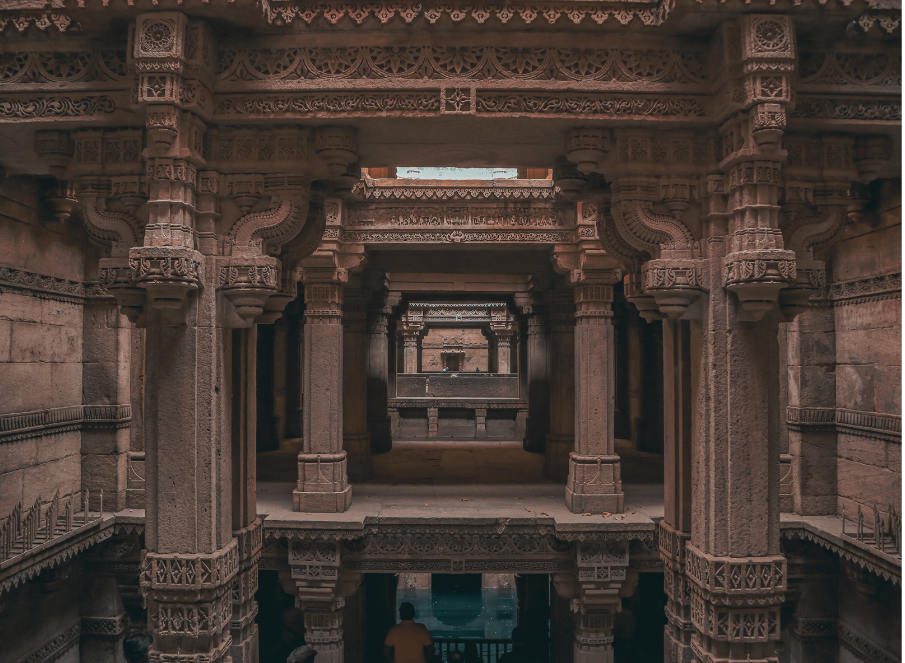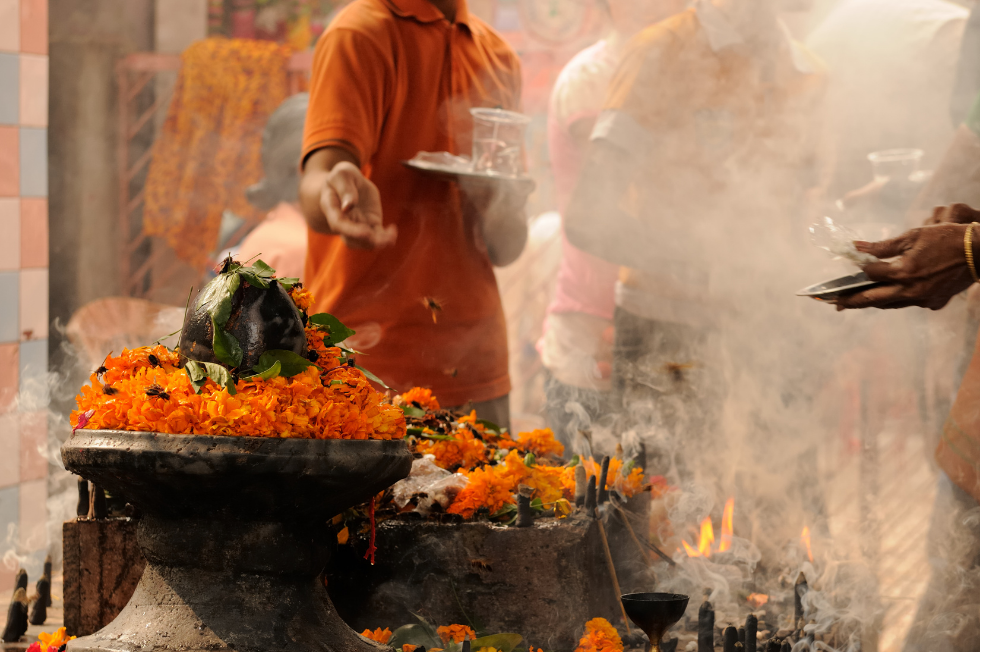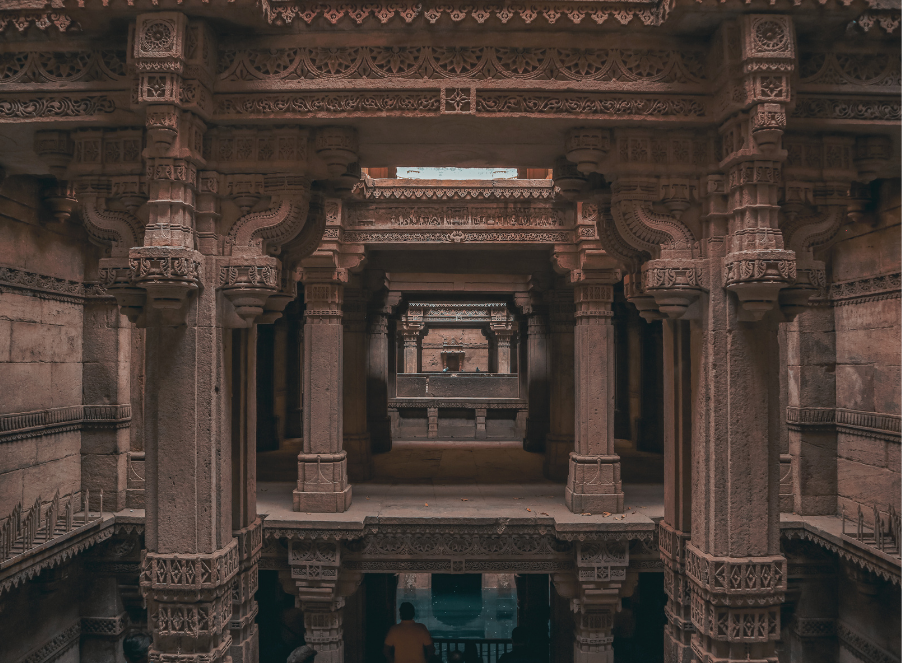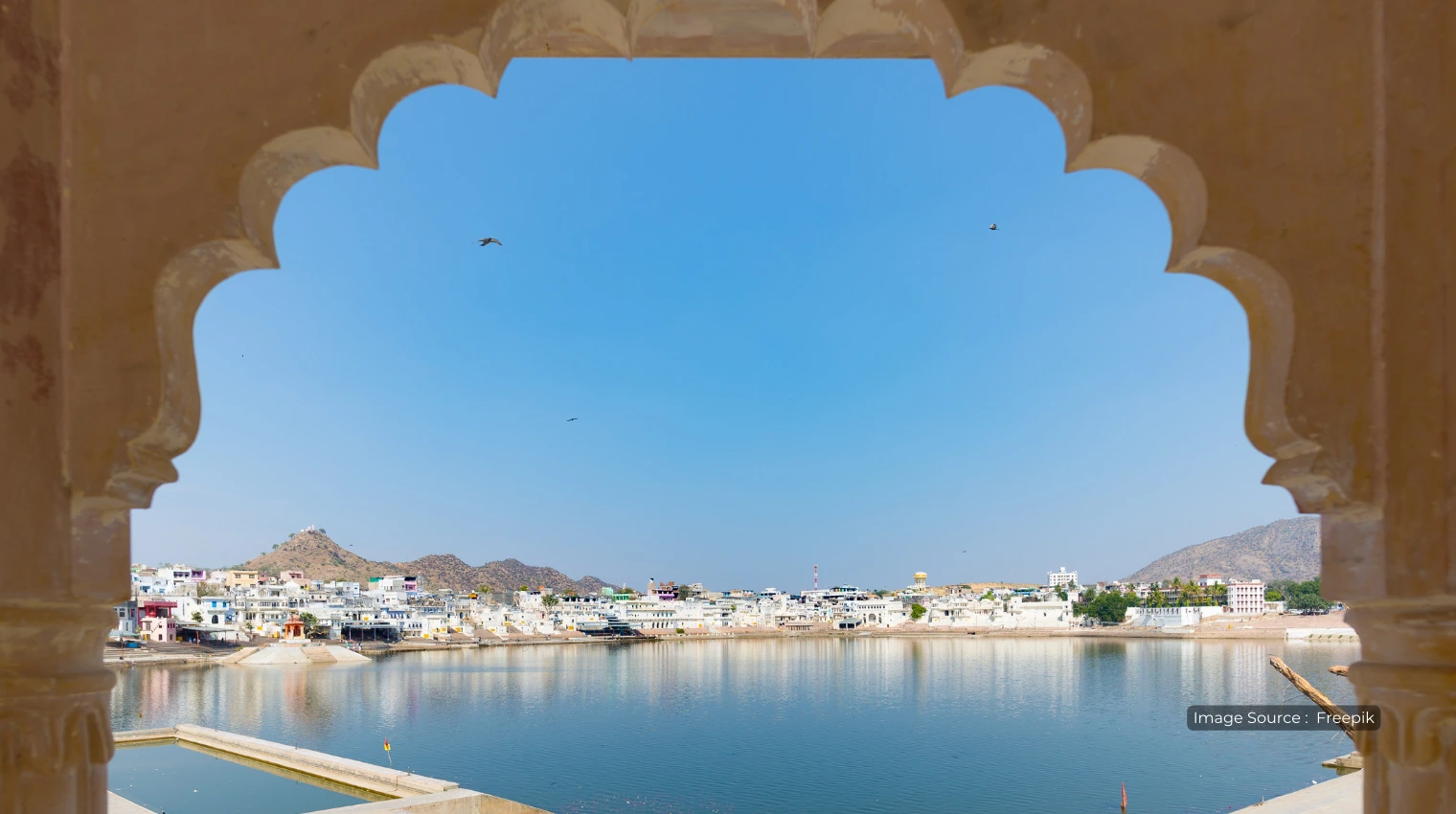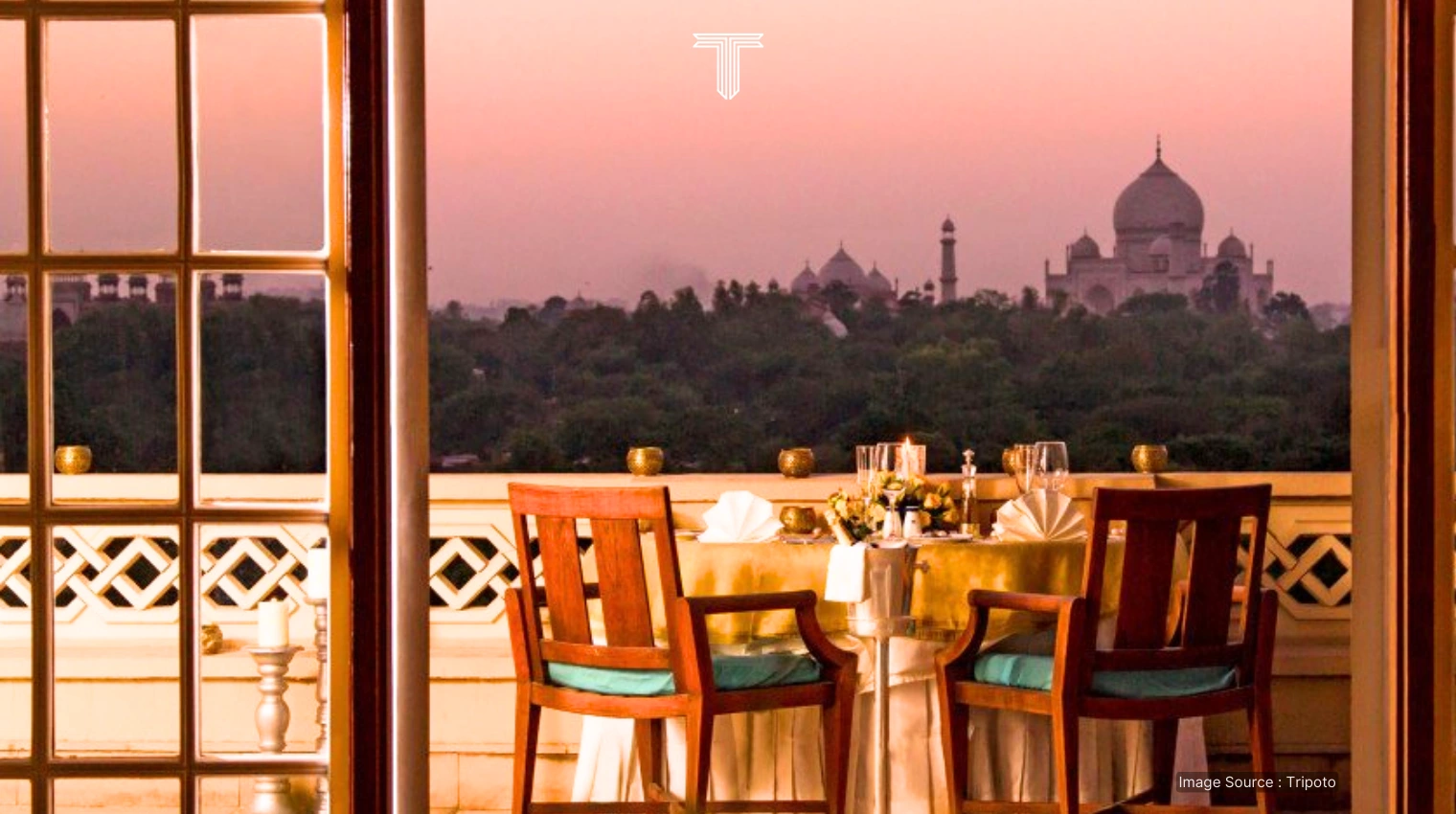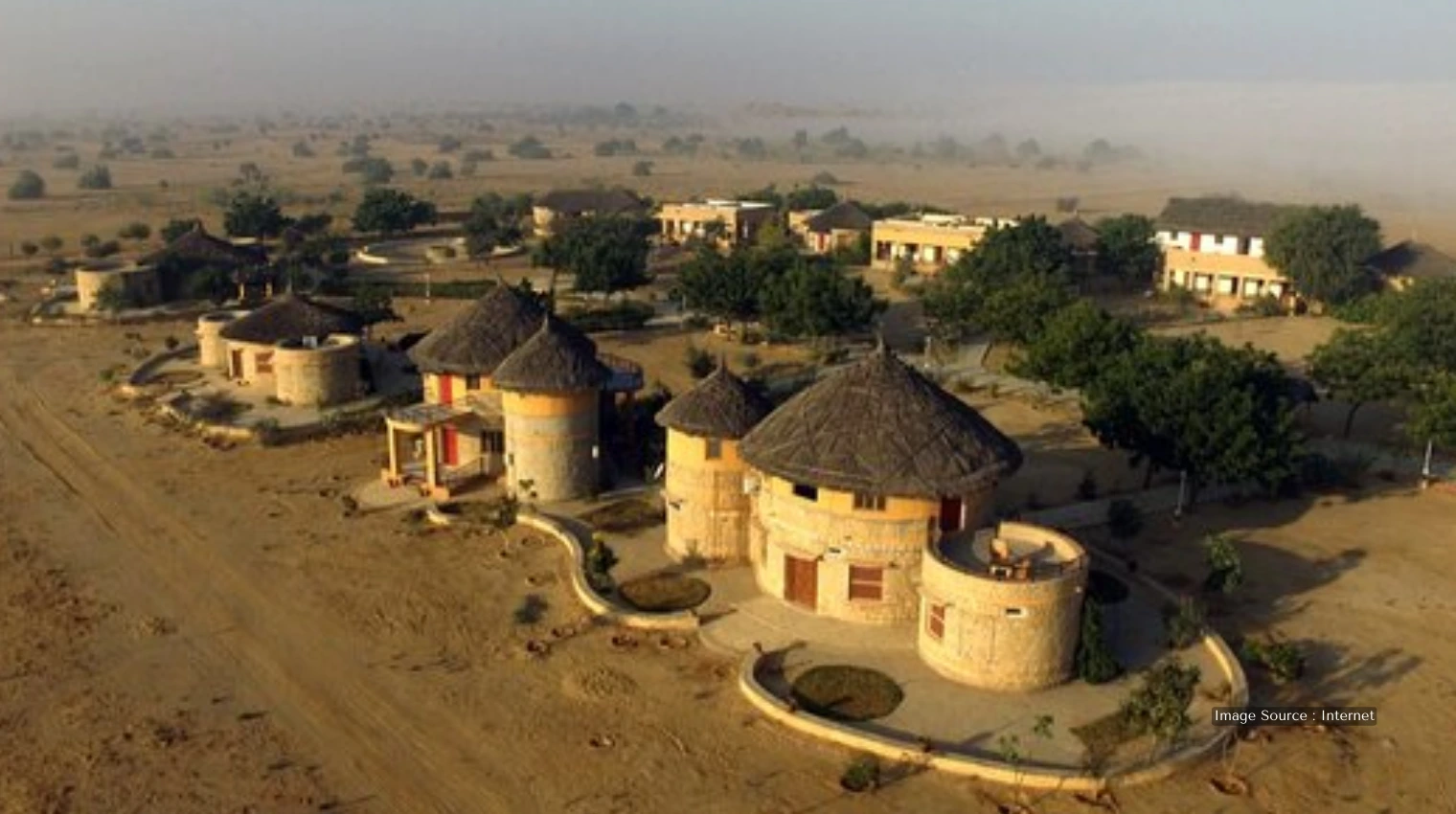- Table of Contents
- What is Abhayaranyam Ecotourism?
- What can you experience at Wayanad Wildlife Sanctuary?
- What makes Silent Valley National Park unique?
- What can you find and do at Parambikulam Tiger Reserve?
- What makes Eravikulam National Park special?
- What are Thenmala and Shendurney Forest known for?
- Conclusion:
- Frequently Asked Questions - FAQs
Kerala’s Luxury Eco Tourism destinations: Exploring Nature in Style
Kerala is the southernmost state of India, popularly known as “God’s Own Country” for its lush green natural landscapes and rich cultural heritage. Kerala luxury Eco Tourism destinations is celebrated as a robust tourist attraction for travellers old and young for the backwaters, and hill stations.
Its rich biodiversity, protected forests, serene landscapes, and community-based tourism models position Kerala as one of the most responsible and sustainable travel experiences in the country. Let’s explore the diverse destinations of eco tourism destinations for holidays in Kerala, India.
Table of Contents
1. What is Abhayaranyam Ecotourism?
2. What can you experience at Wayanad Wildlife Sanctuary?
3. What makes Silent Valley National Park unique?
4. What can you find and do at Parambikulam Tiger Reserve?
5. What makes Eravikulam National Park special?
6. What are Thenmala and Shendurney Forest known for?
7. Conclusion
8. Frequently Asked Questions - FAQs
What is Abhayaranyam Ecotourism?
Abhayaranyam is a haven for the orphaned wildlife, protecting them in the form of a sanctuary situated near Kaprikad at Kunnathukadu Taluk in Ernakulam district. It is nestled on the banks of River Periyar and welcomes a massive number of visitors who wish to see wildlife in their natural habitats and also explore the deep woods and gushing river Periyar present there.
This natural ecosystem is one of the best Eco Tourism destinations in Kerala and is home to various species of birds, butterflies, spiders and mushrooms while also housing an Elephant shelter besides a training center for mahouts. It also has a community hall, nature camps and many more touristy locations to fill one’s adventure appetite.
What can you experience at Wayanad Wildlife Sanctuary?
The Muthanga wildlife sanctuary is nestled in the lush embrace of the Western Ghats in Wayanad is a living, breathing ecosystem teeming with wildlife, ancient forests, and tribal heritage. The sanctuary spans over 344 sq. km and forms an integral part of the Nilgiris Biosphere Reserve, serving a crucial corridor for animal migration between Karnataka's Bandipur and Tamil Nadu's Mudumalai reserves.
It is an attractive Eco Tourism destinations for tourists around the year boasting Elephants, Gaurs, Tigers, Leopards, Sloth bears, Wild boars, Spotted deer, and Monkeys. Over 215 bird species are also found including peafowl, hornbills, egrets, and crested serpent eagles. The sanctuary’s endemic flora consists of teak, eucalyptus, rosewood, and bamboo which elevate the charm of the sanctuary.
The Wayanad Wildlife Sanctuary offers a multitude of adventurous activities for tourists including wildlife jeep safaris, Bird watching, trekking and nature trails and tribal village visits. Visitors could also opt for a stay-in at eco-lodges, forest cottages, treehouses, and homestays that practice sustainability and offer immersive nature experiences.
What makes Silent Valley National Park unique?
The Silent Valley National Park is tucked away in the Nilgiri Hills of Kerala’s Palakkad district. It is one of India’s last remaining stretches of undisturbed tropical evergreen rainforest and is one of the most visited Eco Tourism destinations. Often referred to as “the soul of the Western Ghats,” this national park is an enchanting biodiversity hotspot coupled with a powerful symbol of India’s conservation movement. It spans over 237.5 sq. km and forms part of the Nilgiris Biosphere Reserve standing bold as a pristine, untouched ecosystem free from modern intrusions. Its rich biodiversity is a naturalist’s paradise being home to Lion-tailed macaque, Tigers, Leopards, Elephants, Nilgiri langurs, Malabar giant squirrels and Civet cats and Wild boars.
There are over 70 species of birds, including Malabar trogon, black bulbul, hornbills, and eagles. The Flora of the national park bewilders the tourists with thousands of flowering plants. The things to do in here could range from Forest Safari to Sairandhri. Trekking Trails to Poochipara, Walakkad, and Nelliyampathy forest routes to activities such as bird watching and photography.
What can you find and do at Parambikulam Tiger Reserve?
The Parambikulam Tiger Reserve is located in the Palakkad district of Kerala, one of South India’s most spectacular and well-managed protected areas. Its serenity is amplified due to it being nestled between the Anamalai Hills of Tamil Nadu and Nelliampathy Hills of Kerala. Visitors can feel the tranquilness surrounding this Tiger reserve by traversing the vast expanse of primeval forest, reservoirs and the rich biodiversity presence in this Tiger reserve.
Parambikulam spans an area of 643.66 sq. kms and is part of the Western Ghats, listed under the UNESCO World Heritage Site. It forms a critical wildlife corridor, essential for the movement of elephants and tigers.
The teeming wildlife includes Royal Bengal Tigers, Leopards, Asian Elephants, Sloth Bears, Gaurs, Sambar deer's, wild boars and civets. Not only wildlife but there is presence of over 270 species of birds from Malabar grey hornbills, peafowl, to species such as kingfishers, and parakeets. Over a thousand different varieties of flowering plants thrive inside the Tiger reserve with the presence of tropical evergreen forests such as teak, rosewood and sandalwood.
The major highlights one could experience for a lifetime here are the Kannimara Teak which is the World’s Largest Living Teak Tree, eco-tourism packages such as tented niche camps, treehouse stays, bamboo rafting, guided treks, night safaris and interpretation centres for education and awareness. But that’s not all, the visitors could also interact with the indigenous tribes including the Malasar, Kadar, and Muduvar tribes and learn about their forest craft, knowledge and lifestyle built around sustainability.
What makes Eravikulam National Park special?
The Eravikulam National Park is perched high atop the misty hills of Munnar, Kerala. It is a spectacular stretch of high-altitude shola grassland ecosystem which is infamous for its breathtaking views, endemic wildlife, and conservation success stories. It is known to be the last conservatory in India protecting the endangered Nilgiri Tahr, the mountain goat of South India. The national park sprawls across an area of 97 sq. km and is also part of the Western ghats of India. It houses the majestic Anamudi Peak which is at an elevation of 2,695 metres popularly known as the highest peak in South India.
Its rich biodiversity includes wildlife species of Nilgiri Tahr (Ibex), Nilgiri Marten, small Indian civets, sambar deer, elephants, rare shola birds, including the Nilgiri pipit and white-bellied shortwing. The flora found in this national park add a layer of mystery to this haven with the inclusion of Neelakurinji whose flower blooms once every 12 years and 132 endemic plant species including ferns, orchids, and wild balsams.
The Eravikulam National Park draws tourists for its popular attractions such as the Rajamali Tourism Zone, wildlife watching activities, photography and nature walks making it one of the top 10 destinations of Kerala luxury Eco Tourism destinations.

What are Thenmala and Shendurney Forest known for?
The Thenmala and Shendurney forest is Kerala’s first planned Eco Tourism destinations of India. Tucked into the lush Western Ghats of southern Kerala, these forests are known for their scenic beauty, adventurous trails, and commitment to eco-conscious travel. At its heart lies the Shendurney Wildlife Sanctuary, a biodiversity-rich forest that blends conservation, education, and recreation.
Thenmala forest, literally meaning "Honey Hill" is located in the Kollam district, near the Tamil Nadu border, and is the gateway to the Shendurney Wildlife Sanctuary. It was launched as a model eco-tourism project aiming to showcase how tourism can flourish in harmony with nature. The area has been divided into three main zones known as the Culture Zone, the Adventure Zone, and the Leisure Zone.
Each zone offers unique experiences that suit families, nature lovers, and thrill-seekers alike. The Shendurney Sanctuary was established in the year 1984 and covers approximately 171 sq. kms. It is part of the Agasthyamalai Biosphere Reserve and is named after the endemic Chenkurinji tree, locally known as Shendurney.
The biodiversity in the Shendurney wildlife sanctuary offers a unique blend of over 950 species of flowering plants, endemic and rare trees like Chenkurinji and Wild Nutmeg, mammals such as Elephants, Leopards, Indian giant squirrels, Sambar deer, birds including great hornbills, crested serpent eagles, Malabar trogons and reptiles and amphibians of endemic species. At Thenmala and Shendurney, an adventurer could depart on trekking and nature trails, mountain biking, river crossing, rock climbing, archery, overnight tent camping canoe rides and guided deep forest hikes with tribal guides.
The cultural activities include musical dancing fountain, sculpture garden and amphitheatre. For leisure, tourists could also go on boat rides on the Thenmala water reservoir, butterfly safari, river walk and the suspension bridge with panoramic views of the expansive forest and wildlife sanctuary. Eco-retreats and camping in log huts, riverside tents and tree-top accommodations are also some of the top choices for thos wishing for the true natural experience.
Conclusion:
Kerala luxury Eco Tourism destinations offers a wonderful escape into nature. Its Eco Tourism destinations let you see amazing wildlife and stunning scenery. It's a great way to enjoy a peaceful and green vacation in India's beautiful "God's Own Country."
Also read: Best Season to Book Your Sustainable Luxury Kerala Backwater Islands Tours
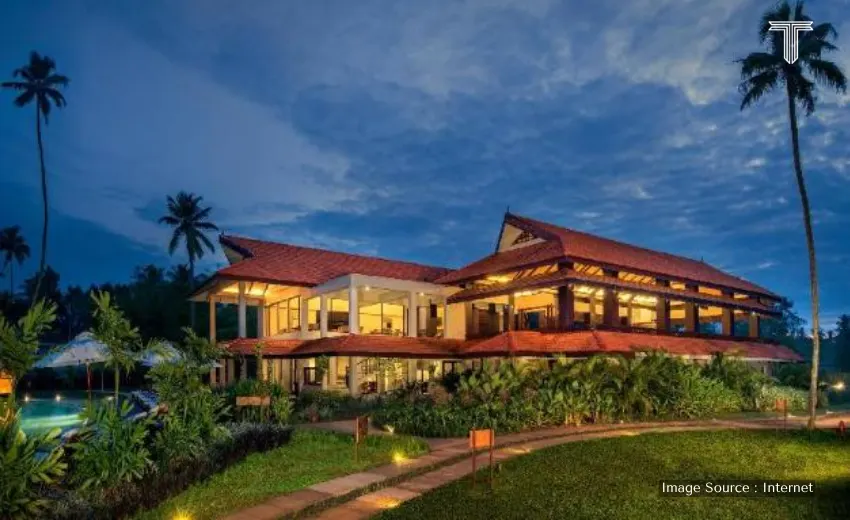
Also read: Exclusive: Book a Zero-Waste Luxury Eco Travel of India’s Iconic Destinations
Frequently Asked Questions - FAQs
1. Is Kerala luxury Eco Tourism destinations good for families and kids?
Yes. Kerala's luxury Eco Tourism destinations are generally considered perfect for family vacations with children due to the refreshing natural rejuvenation it provides. Holidays to Kerala, India are considered to be the top choice for tourists around the world for its diversical culture and bountiful natural activities.
2. When is the best time to visit for Kerala luxury eco tourism destinations?
The best time to visit Kerala for holidays and eco tourism destinations is from October to March. The weather remains cool and dry, while some places may close due to the rainy season.
3. Do I need to book in advance for the Kerala luxury Eco Tourism destinations itinerary?
Yes. It’s a good idea to book your luxury eco tourism excursion to Kerala earlier, especially for forest stays, treks and safaris as spots are limited. For more details, contact Travelosei at 1(813)344-8306.
4. What kind of places can I stay in Kerala luxury eco-tourism in India?
You can stay at eco-lodges, forest cottages, treehouses, tents, homestays, nature parks and many more curated living facilities carefully designed for the relaxation of travellers.
5. What should I carry on an eco-tour?
You should create a checklist of items to carry for the holidays to Kerala luxury ecotourism activities such as comfortable shoes, water bottles, insect repellent, raincoats, camera and binoculars.
6. How can I be a responsible traveler at the eco-tourism destinations at Kerala, India?
Responsibility to nature should be a priority when you are travelling to the eco-tourism destinations at Kerala, India. Make sure to not litter or harm the plants or animals, listen to your tour guide always and use eco-friendly products while on tour.
plan your bespoke india journey today
tell us what inspires you - and we will handcraft an experience that mirrors your elegance, pace & personality.
START PLANNINGBlogs Categories
It is a Sanskrit verse taken from an ancient Bharat (Indian) scripture
which means ‘The Guest is like God’.
In Bharat (India), guests are always welcomed with open arms and given
You Will Like These Too...
It is a Sanskrit verse taken from an ancient Bharat (Indian) scripture
which means ‘The Guest is like God’.
In Bharat (India), guests are always welcomed with open arms and given
TRAVELOSEI PROMISE
What To Expect?
The Real India,
Re-Imagined For You
India is not just a destination - it's a world with-in the world. TRAVELOSEI go far beyond guide-books to offer you an India that is authentic yet exclusive, spiritual yet sophisticated delivered through private doors, rare access, and impeccable attention to details.
Trusted By Global Elites
From World Class Leaders to Forbes Listed Families and international Royalties to visionary CEOS.
Our clientele chooses us for one reason - We Know India. Over two decades of providing experiences which aren't just luxurious - they are intimate, curated & wildly rare.
Bespoke Travel Experience
For those who seek truth in detail, art in hospitality, and identity in experience. Our Luxury Travel Architect work discreetly and personally with you to craft travel experiences that go beyond 5 Stars, where every detail whispers luxury - and legacy.
White-Glove Concierge
24 X 7 Dedicated Concierge Support even in the wildest corners of India. At TRAVELOSEI, our concierge team ensures that everything-from airport- tarmac pick-ups, last minute reservations and private spiritual sessions - is handled before you even ask.

